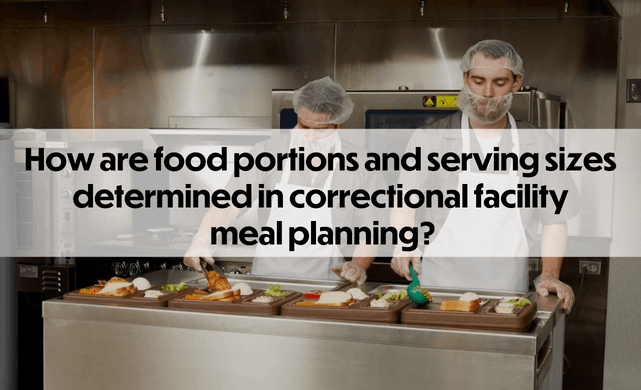In correctional facilities, meal planning is a crucial aspect of ensuring that inmates receive adequate nutrition while also adhering to budget constraints. One important factor in meal planning is determining food portions and serving sizes for each meal.
The process of determining food portions and serving sizes in correctional facilities involves several steps. The first step is to establish a set of dietary guidelines that are in line with national recommendations for healthy eating. These guidelines take into account factors such as age, gender, and activity level, as well as any specific dietary requirements or restrictions that inmates may have.
Once the dietary guidelines have been established, the next step is to calculate the appropriate caloric intake for each inmate. This calculation takes into account the inmate's body weight and activity level, as well as any medical conditions that may affect their nutritional needs.
Based on the calculated caloric intake, the next step is to determine the appropriate food portions and serving sizes for each meal. This is typically done by using standardized portion sizes and serving utensils to ensure consistency across all meals. For example, a standard portion size for meat might be 3 ounces, while a standard serving size for vegetables might be 1/2 cup.
In addition to using standardized portion sizes and serving utensils, correctional facilities also take into account the cost and availability of food when planning meals. This often means using less expensive ingredients and limiting portion sizes for more expensive items.
It is important to note that food portions and serving sizes in correctional facilities may be different from those in the outside world. This is due to the unique circumstances of the correctional environment, including budget constraints and the need to maintain safety and security.
Overall, determining food portions and serving sizes in correctional facilities is a complex process that considers a variety of factors, including dietary guidelines, caloric intake, cost, and availability of food. By following these guidelines, correctional facilities are able to provide inmates with adequate nutrition while also adhering to their budget constraints.
